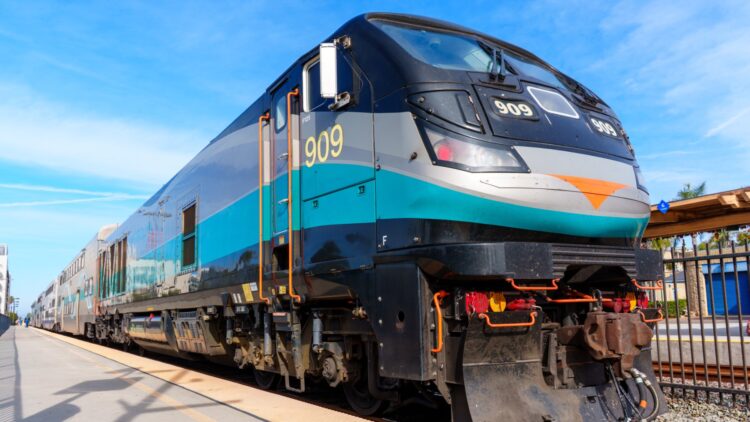Donald Trump officially cancels the high-speed rail project in California. Thus, San Francisco and Los Angeles, once again, find it difficult to connect the cities. Truth Social has exposed the shortcomings and points to be strengthened, but opinions are diverse, since Ian Choudri, as part of the California High Speed Rail Authority, have advocated for the optimal development of the project, as well as the fact that it should bet on the connection of these two cities.
In the same vein, Sean Duffy, U.S. Secretary of Transportation, was the one who did not give way to the continuation of the work. The pause in the project has affected Bakersfield and Merced, in the Central Valley. Likewise, Drew Feeley, a member of the Federal Railroad Administration, along with Rebecca Baure-Khan insist that this was not a project that was really a viable plan to complete even the Central Valley section. Finally, in the face of the withdrawal of federal support, the state of California is betting on strengthening its cap-and-trade program. Read on for all the details of the project cancellation.
All you need to know about the official cancellation of the project’s funding
Once again, President Donald Trump and his administration dealt a new blow to the high-speed train project in California, as he officially cancelled its federal funding, worth 4 billion dollars, thus generating greater uncertainty about the future of the ambitious transportation plan that seeks to connect San Francisco with Los Angeles.
Another battle between California and Donald Trump
The decision, announced by the Department of Transportation, under the figure of Secretary Sean Duffy, represents a quarter of the total funding for the project and adds to a series of clashes between the Trump administration and the state of California on environmental, educational and civil rights issues.
Through his Truth Social network, the president spared no criticism by calling the train “extremely expensive, over-regulated” and a work that “NEVER HAPPENED”, which he called a “train without a course” that failed to fulfill what was promised since its initial approval in 2008.
However, the California government rejected this position. California High-Speed Rail Authority executive director Ian Choudri defended the project and asserted that canceling the funds “is not only wrong, but illegal,” noting that these are binding agreements and positively audited by federal reviews, including the most recent one in February 2025.
A project moving forward… albeit slowly in California
Although the project was approved more than 15 years ago by voters, delays and rising costs have it under constant scrutiny. Today, the state’s priority is to complete a 119-mile stretch between Bakersfield and Merced, located in the Central Valley, with a tentative operation date of 2033.
The Authority estimates that more than 50 structures such as viaducts, underpasses and bridges have already been built, and plans to present an updated funding and schedule report to state legislators this summer. However, it is also seeking private investment to cover part of the total estimated cost of more than $100 billion.
A project full of criticism from all sides
Not only was the bullet train criticized in Washington, but some Democrats in California are already questioning the spending. Assemblywoman Rebecca Bauer-Kahan acknowledged that many of her constituents believe the funds suffer from irresponsible management.
In addition, Drew Feeley, acting administrator of the Federal Railroad Administration, warned that California still does not have a viable plan to complete even the Central Valley section, calling the initiative a “story of broken promises.”
Faced with the withdrawal of federal support, the state of California is betting on bolstering its cap-and-trade program, which generates revenue through pollutant emission permits. This mechanism is essential for the bullet train, as approximately 25 percent of the state’s climate fund is earmarked for the project, with figures ranging around $1 billion annually.

